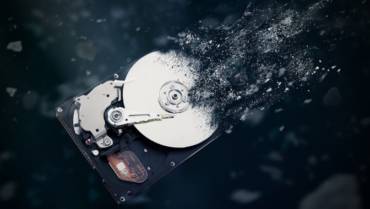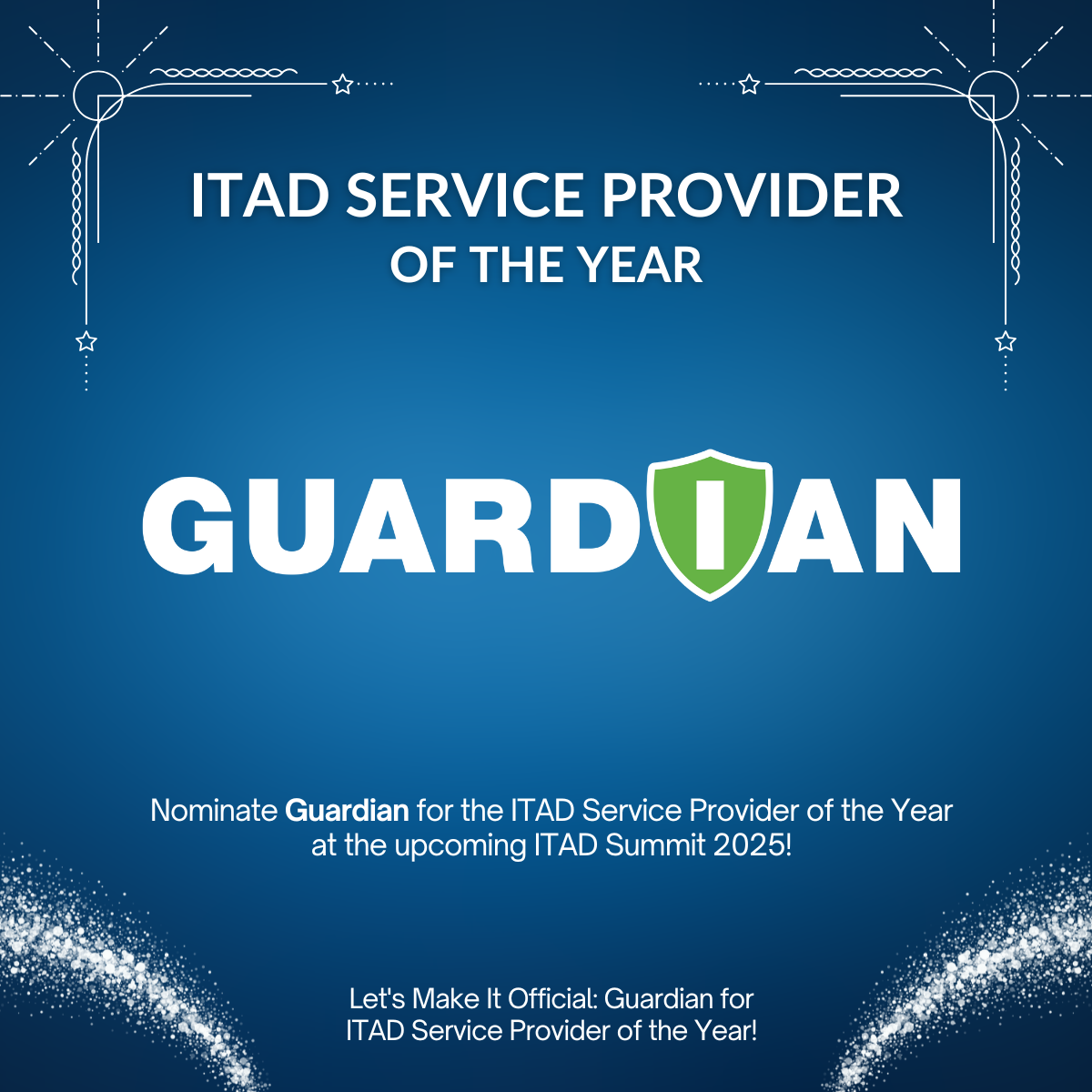
Hard drive destruction isn’t as easy as it seems! Destroying a hard drive goes beyond deleting files, smashing it on the ground, and then tossing it out. To securely destroy a hard drive and its expired (and possibly quite confidential) data, enterprises need a secure and replicable process that ensures data security and compliance.
Whether or not the old data sitting on your hard drives (or other tech devices with memory chips or SSD) is viable, consider the consequences if someone, a bad someone, got that information. If you have even the smallest concern, pay attention to these important DOs and DON’Ts of hard drive destruction:
DO Consider Hiring a Partner Whose Expertise is in Hard Drive Destruction
Choosing a reliable, NAID-certified hard drive destruction partner ensures that proper, trackable procedures are followed. A reputable company will have standardized procedures in place to ensure that they keep track of each hard drive’s serial number so you that know when and exactly which drives were destroyed. If there’s ever a problem, you’ll have full accountability and reduced risk.
DON’T Destroy the Hard Drive on Your Own
Smashing hard drives with a hammer, drilling holes through them, throwing them out, or very methodically deleting files are not effective methods of data destruction. Not only is it time consuming to bang, drill and delete files on a one-by-one basis but your data still has a huge opportunity for retrieval and harm.
DO Ask for a Certificate of Destruction
You’re seeking tangible, documented proof that your hard drives were destroyed in accordance with NAID and relevant industry regulations. Not every hard drive destruction service has the same range of services and media, but your service provider should always provide you with detailed documentation of destruction such as a Certificate of Destruction (COD), witness and/or recording.
DON’T Assume Your Hard Drives Were Destroyed Without Documentation

The data is your responsibility so don’t take someone’s word about hard drive destruction verification — it’s worthless without the proper, detailed documentation. Chain of Custody practices, defined broadly as “the chronological documentation or paper trail that records the sequence of custody, control, transfer, analysis, and disposition of physical or electronic evidence” prevent issues that may arise from improper asset destruction.
At Guardian Data Destruction, we DO follow NAID-certified best practices and industry guidelines to ensure confidence and security. We DO exceed industry standards and advise clients from all industries and agencies on how to meet compliance and avoid risk as they upgrade equipment, servers, media or migrate to the cloud. We DO ensure that our clients get the appropriate destruction service based on their needs. We DO ensure that chain of custody and provided documentation are accurate recordings of your assets and our process.
We DON’T leave a shred of data behind. You shouldn’t either.



